India will be the world’s most populous country and a leading economy in 2030, but the Asian giant encompasses all access to water and sanitation problems present nowadays in the planet and it is also one of the most threatened countries by climate change.
However, India also has the seed to find solutions: ancestral knowledge, enormous resilience and an immense development capacity to become a reference point in adaptability and mitigation.
Therefore, India is a benchmark for the great challenge facing humanity on a planetary scale.
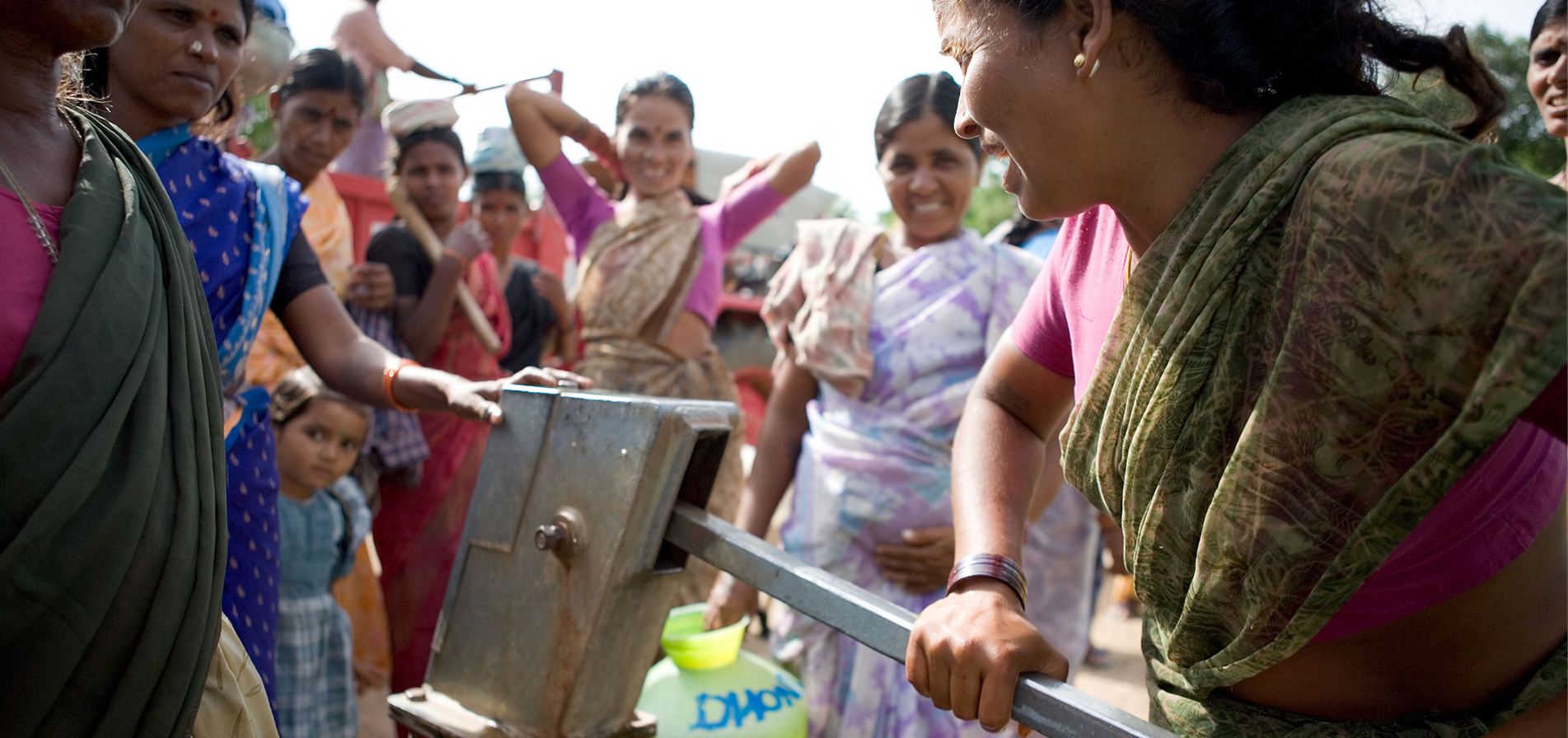
Sanitation everywhere
Let us give our children a healthy environment to grow. Make our cities worthy to live in.
The death of over one lakh children and losses of a whopping 3.6 lakh crore are caused every year in India by poor sanitation and hygiene issues.
31% of the Indian population lives in cities. There is a high migratory pressure towards the Indian cities, mainly because of the poverty and deterioration of rural life. It is expected that by 2030, 50% of India’s population will be urban. This means greater pressure to sanitation in the new urban areas and slums.
Clean water challenge
Save our rivers and aquifers.
About 80% of India’s drinking water needs are met by polluted ground water.
In India, river pollution has crossed the mark of crisis. Three important river systems of the north like Indus, Ganga and Brahmaputra suffer high levels of pollution. Maximum populated areas of the world are settled in all three basins.
Only 21.5 per cent of the solid waste generated in India is processed. This debris is one of the main sources of river water pollution.
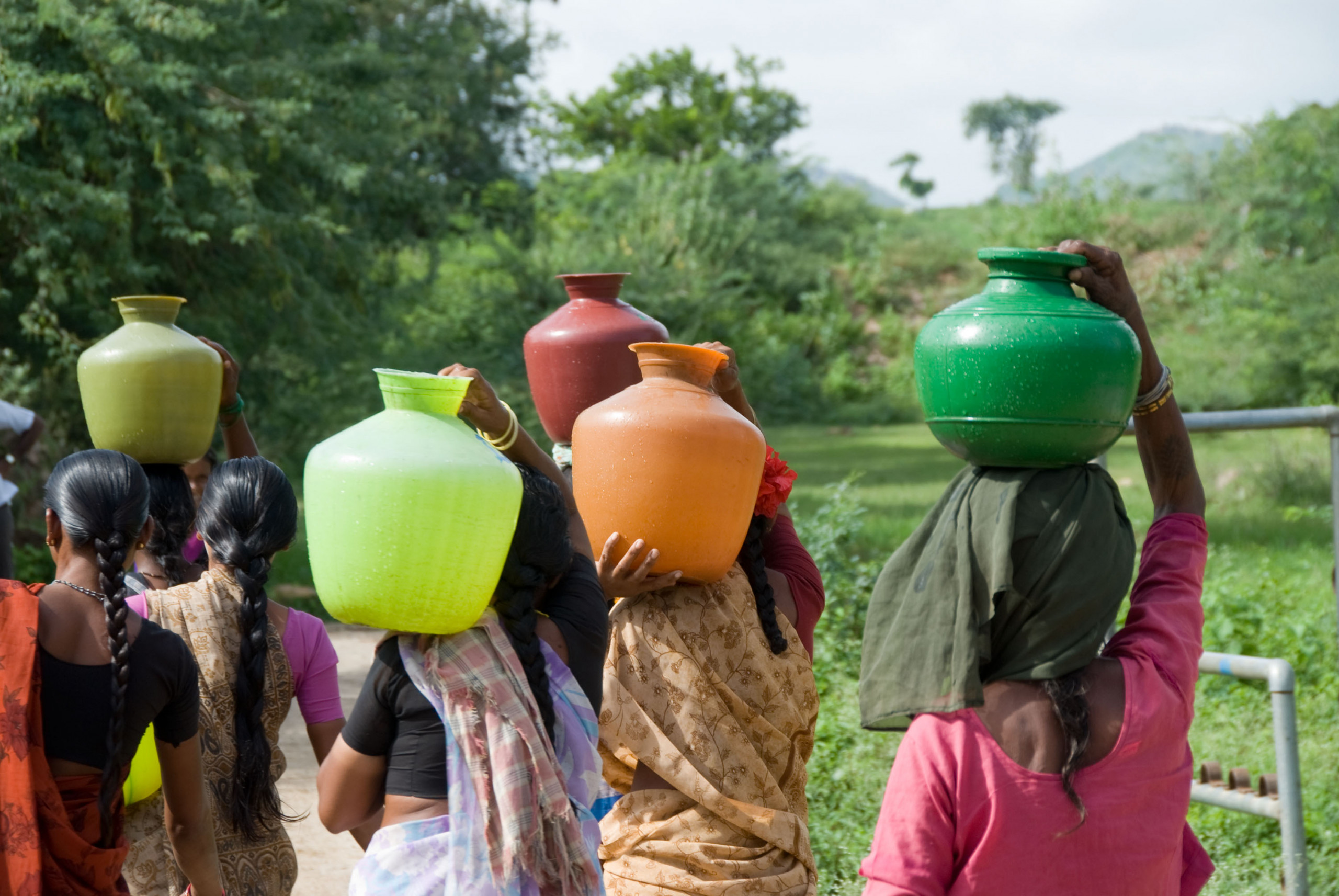
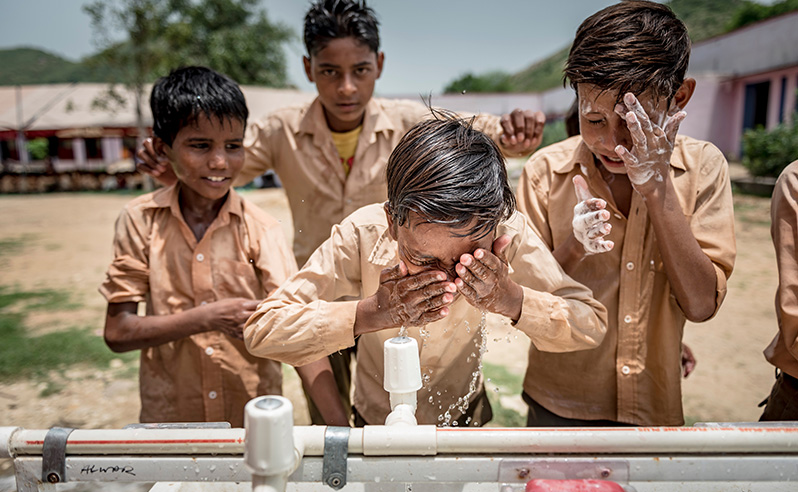
Access to water for everyone
#NoWalking4Water, a priority objective for mankind, an action from all of us.
Nearly 76 million people in India do not have access to safe drinking water.
54% of Indian rural women have to travel between 200 meters and five km daily to get drinking water. As a result, they walk 20 minutes in a day on an average and spend another 15 minutes at the water source.
Collectively these women cover 64,000 times the distance between the earth and the moon.
Swachh bharat abhiyan
Eliminate open defecation.
Roughly half of India’s population, almost 600 million, practices open defecation and over 770 million require proper toilets.
Only 53 per cent of a total of 14,724 state schools has a separate toilet for girls and under conditions of use. This is the main reason why 113 million adolescent girls drop out of school due to the onset of their menstruation.
70 per cent of sexual assaults in the state of Delhi occur when women come to the street or field to use them as a toilet.
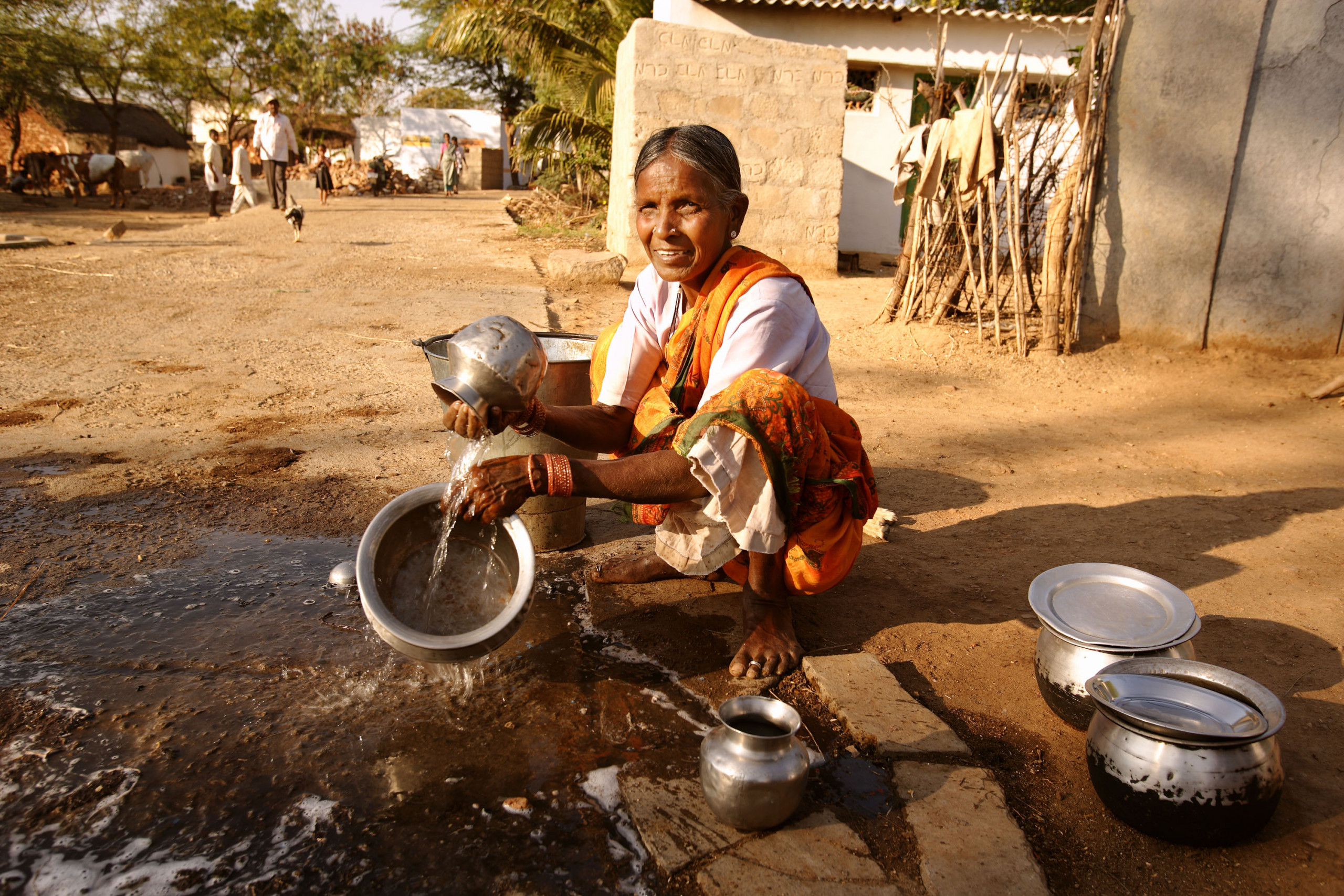
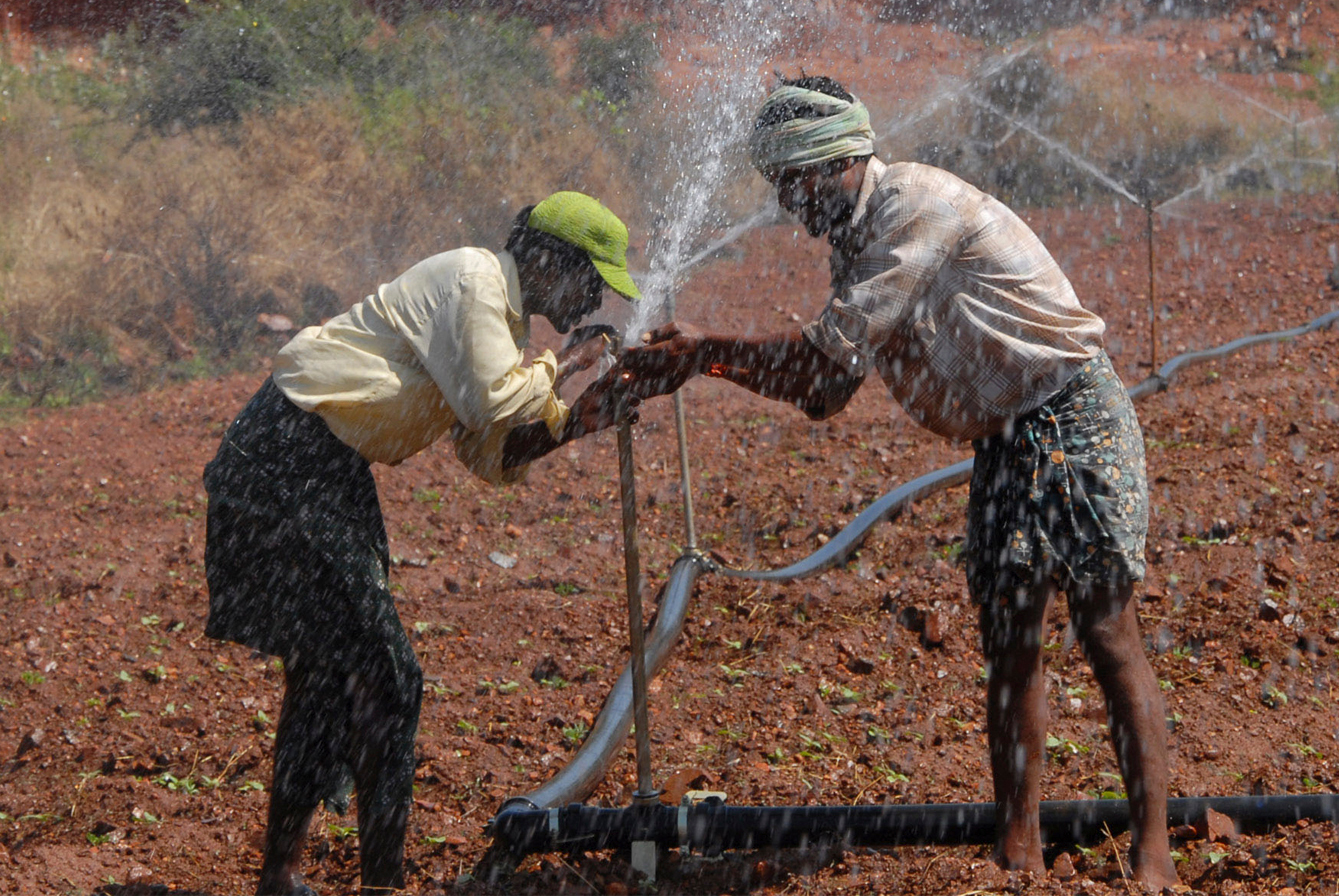
Fighting global warming
Adapt and mitigate climate change.
The survival of Indian farmers and the country’s economy depend on climatology. 80% of the rural population survives mainly from agriculture and cattle.
In India the total area of cultivable land is of approximately 183 million hectares, more than 55% of the total surface of the country.
The recharge of most aquifers relies on the summer monsoon and many of them are over-exploited.
As a result, the country is extremely vulnerable to drought, the main menace of climate change.

